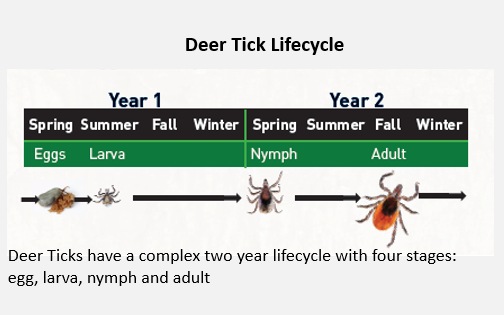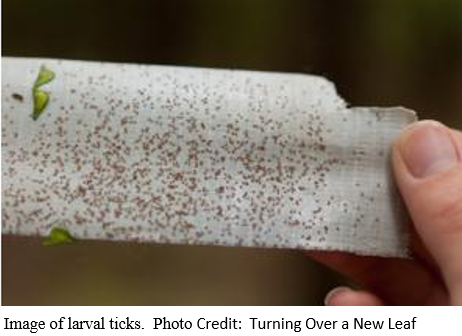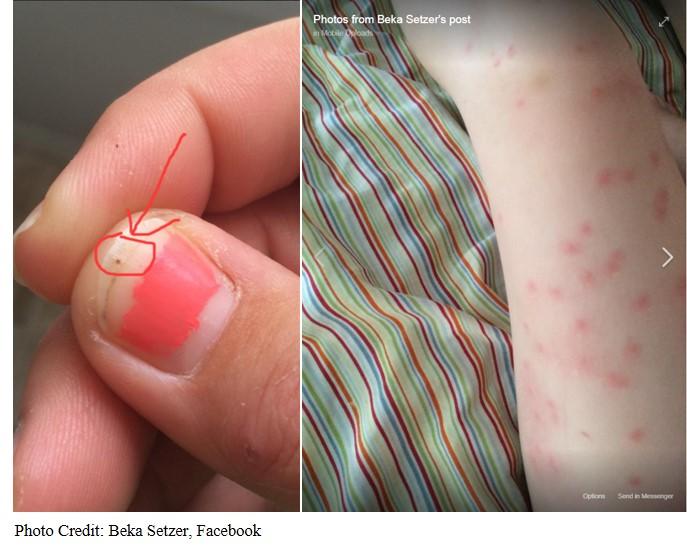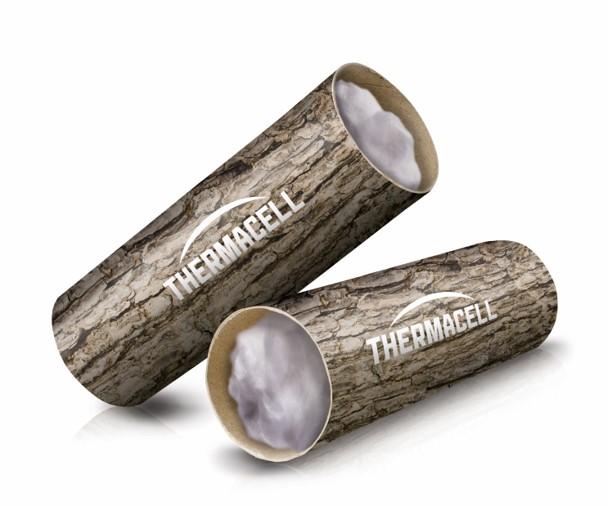Tick borne diseases are on the rise in the US. According to a recent study published by the CDC, cases of Lyme disease have quadrupled since the 1990s, making Lyme disease the most common tick or mosquito borne disease in the US (1). Experts recommend taking steps to kill ticks in your backyard to reduce the chance of contracting dangerous tick-borne diseases.
Lyme disease is carried by deer ticks. Immature larval deer ticks emerge from eggs in July. These tiny ticks will turn into next year’s dangerous nymphal ticks that carry Lyme and other diseases. The best defense is to kill these larval ticks now, making August and September critical months for treatment. The good news is that there are easy ways to get rid of these ticks before they can harm you or your family.

These newly hatched larval ticks are often called seed ticks because they resemble tiny poppy seeds that easily go unnoticed. At this stage in their life cycle they typically feed on mice. Tick expert, Tom Mather, director of the TickEncounter Resource Center at the University of Rhode Island, explains that “larval ticks hatch from eggs of a female adult tick, and since tick eggs are laid in batches of 1,500-5,000 eggs or more, you’re not likely to encounter just one or even just a few larvae at a time. It’s more likely to be hundreds.”

Unfortunately, there are reports every year from people who encounter larval tick nests. This this was the case for Beka Setzer’s 3-year old daughter who stumbled into a nest of larval ticks while playing in her Ohio backyard. Her mother uploaded pictures to Facebook to warn others of the impending danger. (2)

Beka Setzer’s daughter was covered with little black dots all over her legs, abdomen, arms, and armpit area, which turned out to be larval seed ticks. The little girl developed complications the following day including a low-grade fever, spots on her skin, and swollen lymph nodes. Fortunately, she didn’t test positive for Lyme and recovered completely after an extensive course of antibiotics. For many children and adults, this scenario does not have such a happy ending.
To help control larval ticks, homeowners should treat the tick’s favorite source for a meal as close to July as possible. According to Theodore Andreadis, director of The Connecticut Experiment Station, “The white-footed mouse serves as the primary host for the larval stage of deer ticks.” (3) By strategically placing Thermacell Tick Control Tubes in the yard, you can turn mice from tick hosts into tick killers and help protect your family from ticks and the diseases they carry.
Developed by Harvard University researchers, Thermacell Tick Control Tubes contain cotton specially treated with permethrin, an EPA approved ingredient that kills ticks. Mice collect this ideal nesting material and use it to line their nests. When larval ticks latch onto the mouse for a meal and feed, the tick dies. According to tick expert Tom Mather, the hot days of July provide a prime opportunity to kill the larval ticks before they get the chance to continue the vicious cycle. “Putting out Tick Control Tubes in July kills larval ticks before they pick up diseases and emerge as dangerous nymphal ticks next spring.” (4) Thermacell Tick Control Tubes provide an easy, no spray way to kill larval ticks without harming kids, pets, or the environment.

It is critical to apply Tick Control Tubes in July, even if you treated your yard in the spring, because mice breed rapidly. The first application in April treats mice to kill nymphal ticks that emerge in the spring. The second application in July treats mice to kill larval ticks hatching in July. By this point in the summer, there is a new group of mice to treat because white footed mice breed from March to October and produce a new litter in as fast as 60 days. For this reason, application in both April and again in July is recommended to kill ticks at both the larval (July) and nymphal (April) stages.
A tick’s preferred habitat includes the following elements: high grass, shade, brush, and dead leaves. Thermacell recommends placing the Tick Control Tubes no more than 10 yards apart twice a year during the spring and late summer. Place the tubes strategically to target the mice in flowerbeds, bushes, woodpiles, stonewalls, sheds, and any other place on your property mice frequent. Thanks to Thermacell Tick Control Tubes, you can enjoy your backyard again knowing you are taking the right steps to protect your family from ticks.

(1) Centers for Disease Control and Prevention, “Morbidity and Mortality Weekly Report (MMWR).” May 4, 2018. https://www.cdc.gov/mmwr/volumes/67/wr/mm6717e1.htm
(2) Setzer, Beka. Love What Matters, Facebook. July 6th, 2017. https://www.facebook.com/lovewhatreallymatters/posts/1581895061832886
(3) Skahill, Patrick. “As Tick Population Soars, State Warns: ‘Assume That you’re Going to Pick Them Up.’” NPR, May 3, 2017. http://wnpr.org/post/tick-population-soars-state-warns-assume-youre-going-pick-them
(4) Tick Encounter Resource Center, Facebook. August 13, 2017. https://www.facebook.com/TickEncounter/